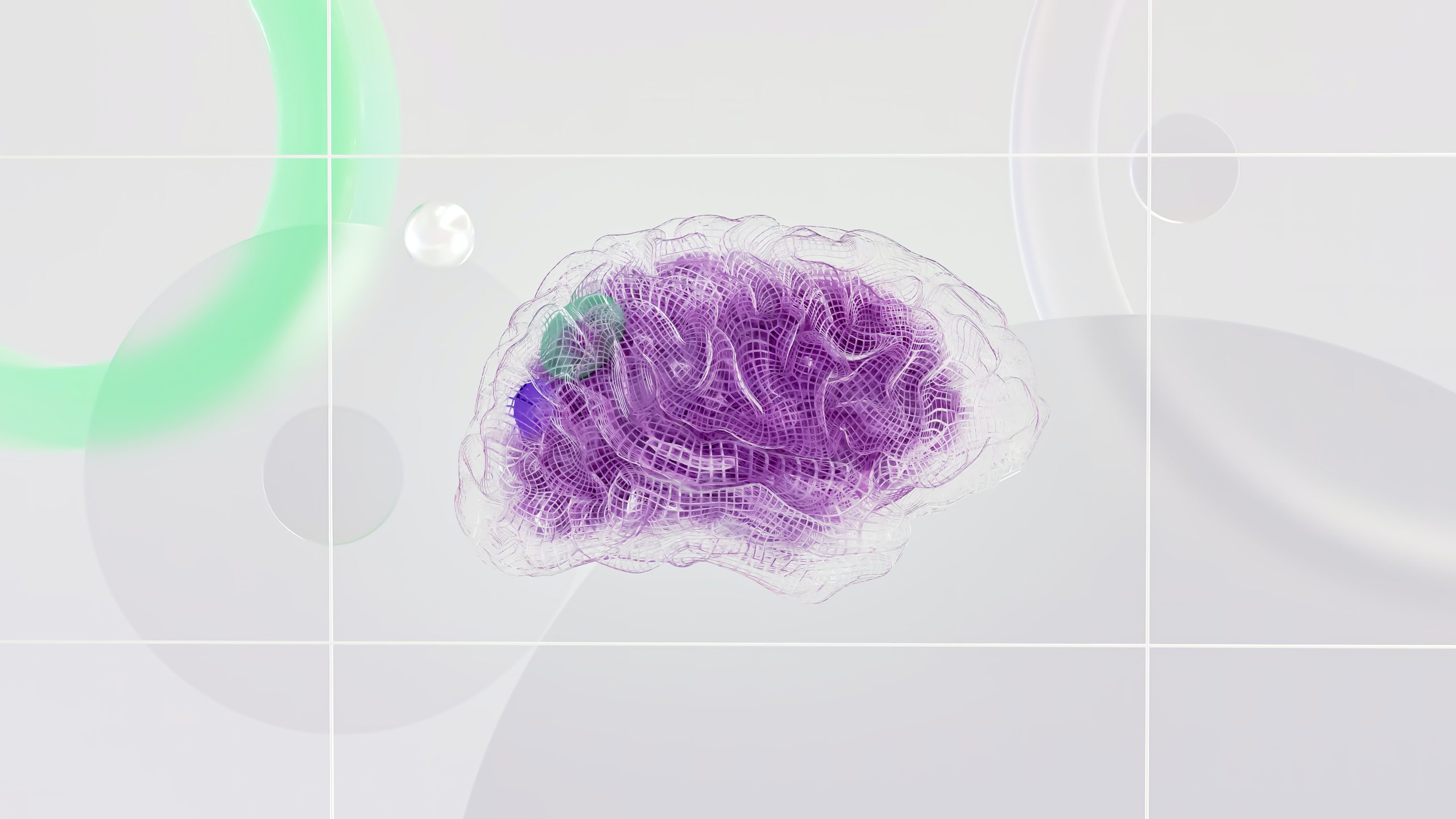The brain is one of the most complex organs in our body and plays a crucial role in everything we do, from breathing to thinking and feeling. It controls our movements, sensory experiences, our behavior and our ability to learn and remember. For people struggling with complex health issues, understanding the functions of the brain can be crucial to getting specialized and individualized treatment that can help them manage their symptoms and improve their quality of life. In this guide, we will briefly explore the functions and properties of the brain.
The nervous system can be thought of as the body's operating system. It has two main parts: the central nervous system and the peripheral nervous system. The central nervous system consists of the brain and spinal cord, while the peripheral nervous system includes the nerves that extend from the spinal cord to all parts of the body.
The brain is the most complex organ in the body, consisting of billions of nerve cells. It has three main parts: the cerebrum (logic brain), the cerebellum (coordination brain) and the brainstem (supervisory brain). The cerebrum is responsible for functions such as memory, movement control, decision-making and speech. The cerebellum helps regulate motor movement and balance, while the brainstem is involved in vital functions such as blood pressure, consciousness, heart rate and sleep.
The basic unit of the nervous system is the neuron, or nerve cell. Neurons have a cell body and extensions called axons and dendrites. They form nerves, which are bundles of axons. Neurons have different functions in the nervous system. Motor neurons send signals from the brain to the muscles for movement, sensory neurons detect stimuli such as pressure or light and send signals to the brain, and the involuntary part of the nervous system regulates processes such as heartbeat, breathing and digestion.
When a signal is sent between neurons, chemicals called neurotransmitters are released at the connection (synapse) between them. These neurotransmitters enter another neuron and create an electrical signal that is transmitted through the axons.
Our body receives information from the external environment through three major sensory systems: the somatosensory system, the visual system and the vestibular system:
- The somatosensory system - allows us to "sense" position and objects through receptors in the joints and through touch.
- The visual system - involves our eyes and helps us receive and interpret visual information.
- The vestibular system - located in the inner ear, is responsible for postural reflexes and eye movements.
The brain has different parts with specific functions. The cerebrum consists of the cortex (outer layer) and the inner layer. The cortex has four lobes: the frontal, parietal, temporal and occipital lobes.
- The frontal lobe, also known as the survival brain, is involved in memory, movement control, personality, decision-making and speech. Injuries or diseases in this area, such as stroke, can result in weakness, personality disorders or loss of fine motor skills.
- The parietal lobe receives somatosensory signals, including touch, position, vibration and temperature. Injury or disease in this region can lead to loss of sensation or difficulty identifying shapes.
- The temporal lobe is associated with memory and remains an active area of research. Injuries or diseases in this region can cause deafness, memory loss or visual hallucinations.
- The occipital lobe is responsible for visual processing and interpretation, and injury or disease can lead to visual field defects or blindness.
The brainstem consists of the midbrain, brainstem and extended medulla. It is crucial for vital functions such as blood pressure, consciousness, heart rate and sleep.
The cerebellumlocated behind the brainstem, regulates motor movement and balance, but does not directly control muscle contraction. Injury or disease in the cerebellum can lead to difficulties with rapidly alternating movements and disruptions in voluntary movements, including fine tremors.
Damage to different parts of the brain can lead to different conditions and symptoms. It is important to understand the functions and structures of the nervous system to better understand how the body receives and processes information and how it functions in general.


